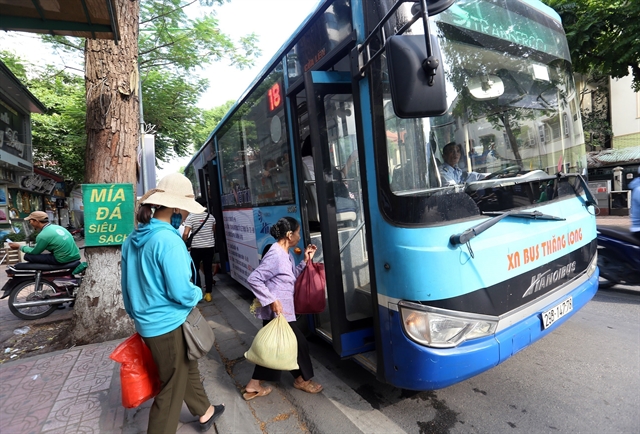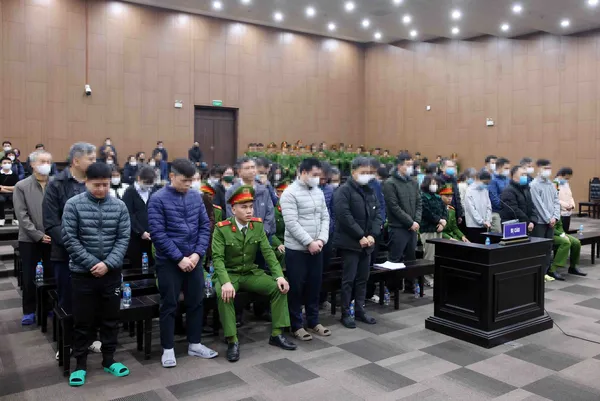 Environment
Environment

Many studies in Hà Nội have shown that heat inversion is one of the main causes for recent sharp rises in pollutants, according to the Ministry of Natural Resources and Environment (MoNRE).

|
| A bus picks up passengers in Hà Nội. Developing environmentally-friendly public vehicles will help reduce air pollution. — VNA/VNS Photo |
HÀ NỘI — Many studies in Hà Nội have shown that heat inversion is one of the main causes for recent sharp rises in pollutants, according to the Ministry of Natural Resources and Environment (MoNRE).
In a report released on Wednesday, the MoNRE said that in order to comprehensively assess air quality in a certain area, it is necessary to analyse and evaluate the monitoring data of many parameters continuously on different days throughout the year.
The report was released after Hà Nội’s air quality has been reported at harmful levels over recent days.
The monitoring results showed that the air pollution is mainly dust, especially PM2.5, a single particle that has a diameter of less than 2.5 micrometres.
Other parameters such as sulfur dioxide, nitrogen dioxide, carbon monoxide and ozone are still within permissible limits, except for some spots near roads with elevated levels of nitrogen dioxide.
The report said that during summer months in the rainy season, air quality is the best of the year. However, sometimes abnormal meteorological conditions led to increases in dust concentration.
Last Monday, the PM2.5 dust concentration increased, thus air quality remained at a harmful level at air monitoring stations in the capital city.
The PM2.5 dust concentration reached the highest level at night and dawn last Monday, possibly because of a lack of wind limiting the circulation of pollutants, according to the report.
In order to explain the meteorological conditions that cause the dust concentration to increase suddenly, it is necessary to conduct further studies.
Recent research by the Hà Nội University of Natural Resources and Environment said that heat inversion was an atmospheric phenomenon that occurred when the temperature of the upper atmosphere is greater than the temperature of the lower atmosphere.
Heat inversion occurs at different times of the year, often with high frequency in the winter when the air is stable, the nights are long and cold air is flowing in.
When heat inversion occurs, it stops the atmosphere disturbance process leaving pollutants trapped in the atmosphere.
This process raises the concentration of pollutants and affects human health.
In developing countries, many studies have shown that human health is affected by polluted air during the days of heat inversion. Heat inversion also causes acute respiratory diseases.
The MoNRE believes that to improve polluted air in Hà Nội, it’s necessary to limit the number of personal vehicles in the city and encourage environmentally-friendly public transportation.
Industrial enterprises should be moved to suburban areas and reduce waste from construction work.
More inspections should also be conducted on vehicles. — VNS




